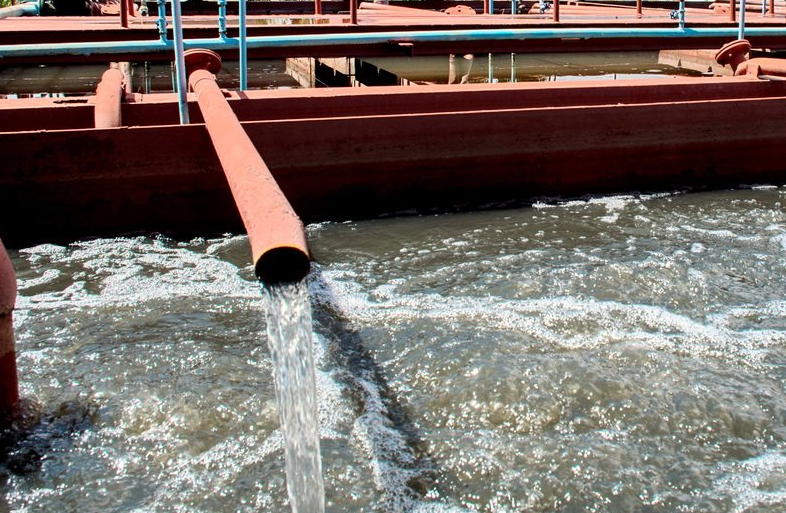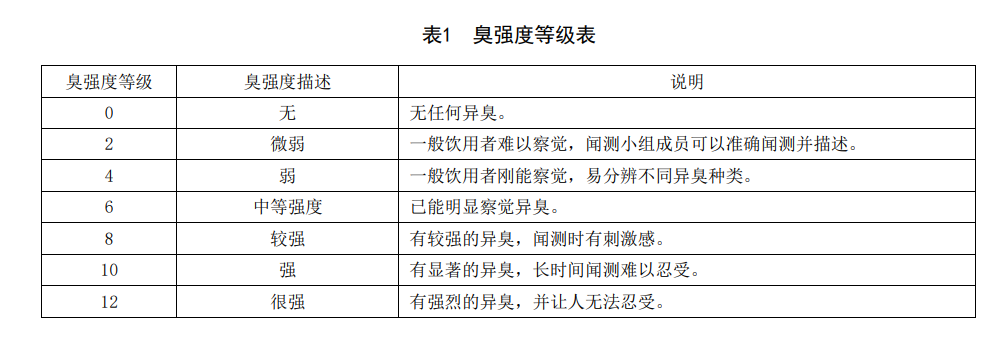In the daily testing of drinking water, one of the sensory properties and general chemical indicators is very special, that is, odor and taste. Many people may think that this test is very simple, but we want to tell you that this test is not simply a matter of smelling it. In fact, in the relevant standards, the requirements for personnel, equipment and the treatment of water samples are very strict. Today we will learn how to detect the odor and taste of drinking water.
The principle is to select no less than 4 people to form an odor test team, evaluate the sensory characteristics of the samples, and describe the different odor characteristics of the samples. When the sample is heated to a certain temperature, the inspection team smells its odor and gives the intensity evaluation of each odor characteristic, discusses and calculates together to determine the evaluation result of the sample.

Instruments required for testing
1. Constant temperature water bath: The temperature control accuracy is ±1 °C, and there is no peculiar smell when heated.
2. Thermometer: 0 ℃-200 ℃.
3. Constant temperature drying oven: temperature control accuracy ±2 ℃.
4. Analytical balance: 0.1 mg.
5. Microsyringe: 25 uL, 100 uL or Pipette: 20 uL, 100 uL.
6. Sampling bottle: 1 L brown glass bottle with stopper, bake at 180 ℃ for 4 h.
7. Smell test sample bottle: 500 mL conical flask with stopper.
8. Volumetric flask: 100 mL.
9. Graduated cylinder: 200 mL.
Reagents used for testing
1. Odorless water: Class II water in accordance with GB/T6682, no odor.
2. Sodium thiosulfate: analytical grade.
3. Hydrochloric acid: 1.19g/mL, analytically pure.
4. 2-Methyl isobornyl alcohol standard solution: 100ug/mL, certified standard solution.
5. Geosmin standard solution: 100ug/mL, certified standard solution.
6. Sodium thiosulfate solution: 100g/L, weigh 10g of sodium thiosulfate, dissolve it in odorless water, and dilute to 100mL.
7. Hydrochloric acid solution (1+3): Slowly add hydrochloric acid to odorless water in a volume ratio of 1:3.
Personnel requirements
The inspectors should conduct a preliminary test to select a smell test team, and those with a low sense of smell cannot be selected. The members of the listening and testing team need to be professionally trained and have the corresponding ability to carry out the analysis and testing. Through method training, analysts are familiar with common odor types in water and the characteristics of odor intensity in different concentration ranges.
Water sample collection and preservation
Rinse the sampling bottle with water sample until the bottle is full, and there should be no air bubbles in the bottle mouth. It should be measured as soon as possible after collection. If it cannot be measured immediately, it should be refrigerated below 4 °C and measured within 24 hours.
water sample testing
Utensil preparation
The glassware used should be free of odor, rinse with hydrochloric acid solution (1+3), and then wash with odorless water several times. If there is still odor, repeat the above steps. Bake the test sample vials at 180 °C for 4 h before use.
water sampling
1. Measure 200 mL of the sample into the test sample bottle, and take odorless water as a blank sample at the same time. The sample should not contaminate the bottle mouth of the container.
2. After heating in a constant temperature water bath at 45 °C for 15 minutes, the members of the testing team tested the samples separately. During the test, hold the bottom of the test sample bottle with one hand, and press the bottle cap with the other hand, without touching the neck of the bottle, and gently shake the test sample bottle in a circle to ensure that the volatile substances are transferred to the top air. , then hold the glass bottle close to the nostril, remove the cap, and take a sniff test.
3. Close the cork and reheat it, and then another member of the test team will conduct the test, and so on. The types and intensity of odors present in the water samples were recorded respectively. Recording should be based on the results of the first feeling.
4. Before each smell test sample, the blank sample should be smelled first to keep the smell of the test personnel in a good state. The odor type and intensity are described by grade, and the specific intensity grade description is shown in the figure below.
5. The irritating odor produced by the residual amount of disinfectant in the water can easily cover other odors. After the smell and record, it can be dechlorinated with sodium thiosulfate solution and then smelled again. At the same time, take odorless water and add the same amount of sodium thiosulfate solution. Smell test reagent blank.

The results should be recorded immediately after the smell test. The recorded information includes the description of the smell, the intensity of the smell, and the order in which the various smells were perceived. Then, according to the calculation formula, the odor intensity level of the water sample is obtained.



